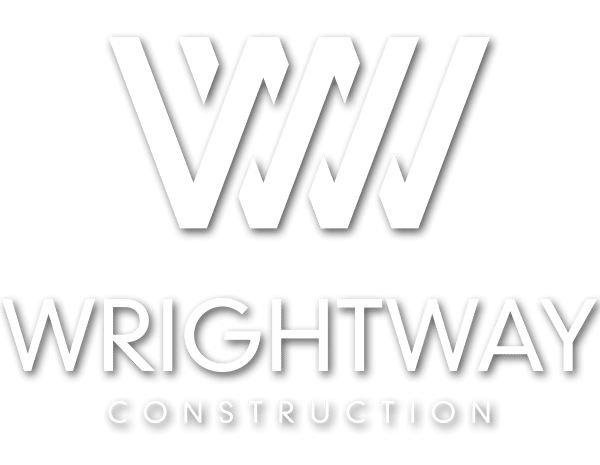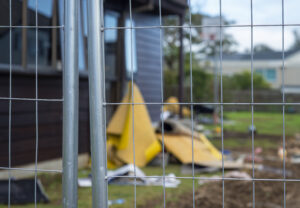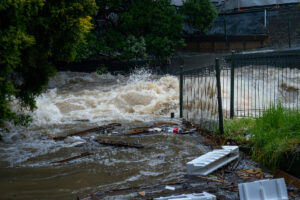Unravelling the Complexities of NZ Building Codes in Post-Flood Repairs
Introduction
In part 1 of this article series, we took a close look at the responsibilities and potential liabilities homeowners face after a major flood. We walked through the important first steps to take, the priority of swift action with both paperwork and physical clean-ups and the potential pitfalls if things aren’t handled correctly. Now, we’re going to dive into a topic that’s a bit more complex but equally, if not more important – the maze of New Zealand’s building codes. If you’ve ever tried to make sense of these codes, you know it can feel like you’re reading a foreign language and, in a lot of cases, overwhelming. But don’t worry, we’re here to help and break it down for you. We’ll unravel these complexities, focusing on how they apply to post-flood repairs. So, let’s get started.
The Building Act 2004 and Building Code
In New Zealand, the Building Act 2004 and the Building Code govern and control the regulations for building work, including repairs and renovations. These regulations are designed to ensure that buildings are safe, healthy, and durable for people to use. They are intended to be somewhat of a rule book for building, a standard for people to follow.
However, the interpretation of these codes can sometimes be a source of confusion, particularly when it comes to repairs following a flood. This is because in many parts of the act and building code, there are not complete definitions. The lack of complete transparent definitions means there is room for grey areas. Those grey areas are what causes the confusion amongst homeowners like yourself, industry professionals and the council/government. For instance, when is a building consent required? What constitutes a “like for like” replacement? These are questions that homeowners like yourself often grapple with.
The Confusion Around “Like for Like” Replacement
One of the key points of confusion and grey areas in the interpretation of New Zealand’s building codes is the concept of “like for like” replacement. According to the Building Act, a building consent is not required for a replacement that is of an exact replacement, as it is considered part of the original consent when the structure was built.
However, the interpretation of “like for like” can be tricky and often leads to confusion. For example, if flood damage has compromised the bracing of a wall, and the wall linings need to be replaced, is this considered an exact replacement? Or does it require a new bracing design and thus a building consent?
The confusion arises from the fact that the term “like for like” is not explicitly defined in the Building Act. This creates a gray area and leaves room for interpretation and can lead to different views on what constitutes an appropriate replacement within the codes and regulations.
Understanding “Like for Like” Replacement:
- Same Material, Same Function: Some argue that if the replacement material is the same as the original, it’s considered “like for like”.
- Function or Performance Compromised: Others believe that if the function or performance of a component (like wall bracing) is compromised, a new design is needed, and it’s not “like for like”.
- Ambiguity Leads to Disagreements: This lack of clarity can cause disagreements and delays in the repair process, adding stress for homeowners dealing with post-flood repairs.
- Lean on Professionals: In these complex situations, it’s best to rely on the expertise of professionals to navigate through the gray areas and establish what is required.
A Helpful Checklist for Homeowners
To help homeowners navigate the complexities of “like for like” replacements and building consents, here is a simple checklist:
- Assess the Damage: The first step is to assess the extent of the damage. This will help determine whether a simple repair is sufficient or if a more extensive replacement is required.
- Consult a Professional: If the damage is significant, it’s advisable to consult a professional, such as an engineer or a quantity surveyor. They can provide expert advice on the necessary repairs and whether they constitute a “like for like” replacement.
- Check the Building Codes: Refer to the Building Act 2004 and the Building Code to understand the regulations pertaining to your situation. If in doubt, seek professional advice.
- Apply for a Building Consent if Required: If the repairs involve a new design or a significant change to the structure, a building consent may be required. Check with your local council or a professional for guidance.
- Keep Records: Keep detailed records of all repairs, including photographs, receipts, and any correspondence with professionals or the council. This can be helpful for insurance claims and any future issues.
Remember, when dealing with post-flood repairs, it’s extremely important to ensure that the work complies with the local building codes. While the process can be complex and confusing, professional guidance can make it much easier to navigate.
The Role of Engineers and Quantity Surveyors
In such situations, the expertise of engineers and quantity surveyors becomes crucial. These professionals can provide guidance on the interpretation of the building codes and the necessary steps for compliance. With years of experience and knowledge, it can be an investment in the long run to gain their insights.
For example, if the bracing of a wall has been compromised due to flood damage, an engineer would need to provide a bracing plan for the building. This would be considered a specific design and would require a building consent.
On the other hand, a quantity surveyor can help determine the extent of the damage and the cost of repairs. This information is vital for insurance claims and for planning the repair work.
The Importance of Professional Guidance
Given the complexities of the building codes and their interpretation, it’s essential for homeowners to seek professional guidance. Companies like Wrightway can provide expert advice and services to ensure that repairs comply with the building codes.
Experiencing the devastating damage of a flood is stressful enough, let alone moving through the process of consents and approvals. Professional guidance can help homeowners navigate the process of obtaining building consents and dealing with insurance claims. This can alleviate some of the stress and confusion that often accompanies post-flood repairs. You don’t need to be an expert within the field when you have one supporting and advocating for you.
Conclusion
Navigating the complexities of NZ building codes in situations like post-flood repairs can be stressful, confusing and overwhelming. However, with the right guidance and understanding, homeowners can ensure that their homes are repaired to a safe and compliant standard. Remember, companies like Wrightway are there to assist with this process, providing expert advice and services to help you navigate these complexities.
Want to learn more? Read part 2 of our guide for Auckland flood repairs.



